An invisible line running across the Malay Archipelago from Bali to the Philippines serves as a natural border, which animals, birds and fish hardly ever cross.
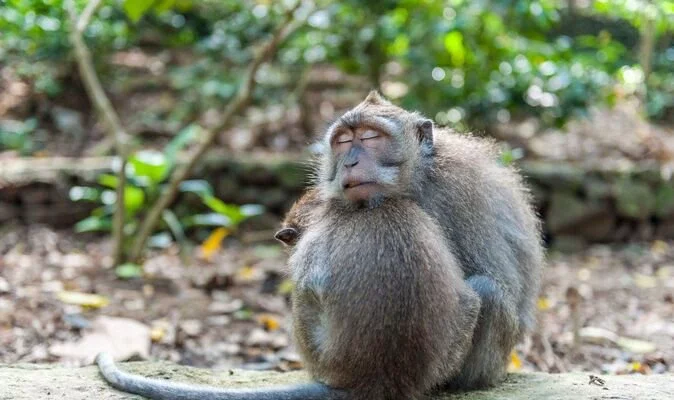
An invisible line stretching across the Malay Archipelago serves as an unofficial border to wild and marine life, with fish and birds rarely, if ever passing over it.
Known as the Wallace line, the boundary runs from the island of Bali to the Philippines, dividing the region into east and west with distinctly different ecosystems.
The line is named after the 19th-century natural historian Alfred Russel Wallace whose studies across the Amazon rainforest and Indonesian archipelago made him an early pioneer in the study of animal placements.
It was during his time in Indonesia that Wallace came up with the theory that there was a peculiar division in the composition of wildlife on different islands.
Wallace noted that there were clear and sudden changes in animal and faunal life which seemed to occur on either side of a dividing line.
Through analysis, Wallace and his team identified what is now known as the Wallace line which still acts as a border for a staggeringly different make up of wildlife on either side.
The west of line sees animals commonly associated with Asia such as tigers, rhinos, elephants and hoofed animals.
To the east, the wildlife becomes more Australasian with animals such as flightless birds, marsupials, dingoes and kangaroos.
In some cases, the distances between the islands consisting of each batch of animals are tiny, at times as small as 21 miles.
The beautiful group of islands owned by the UK 8,000 miles away [LATEST]
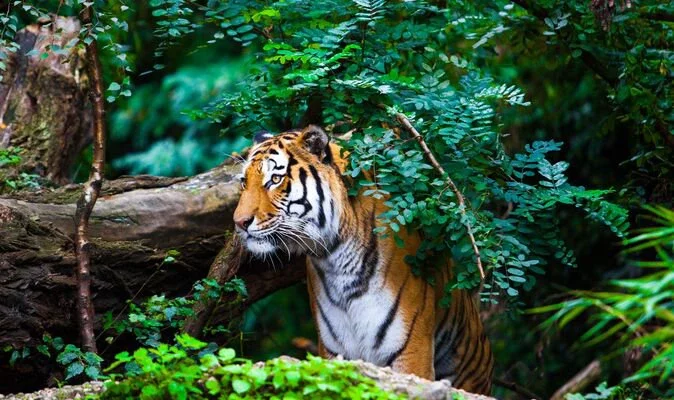
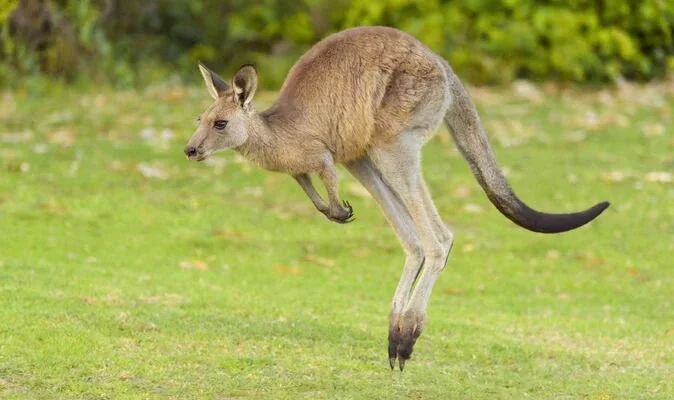
The line, which scientists calls a "biological boundary", is believed to have developed over millions of years as the earths tectonic plates moved and shifted, a deep-sea strait formed on the Wallace line.
This natural boundary prevented animals from migrating backwards and forwards through various ages when the sea levels were lower.
The lack of migration throughout the evolutionary cycle of animals on either side meant that species became used to hunting and surviving within their own distinct ecological territory.
The impact extends to birds and fish who despite possessing the ability to cross, virtually never do as they have adapted to survive in their particular ecosystem.
Wallace's discovery provided the bedrock upon which the modern understanding of the evolutionary development of species is based.

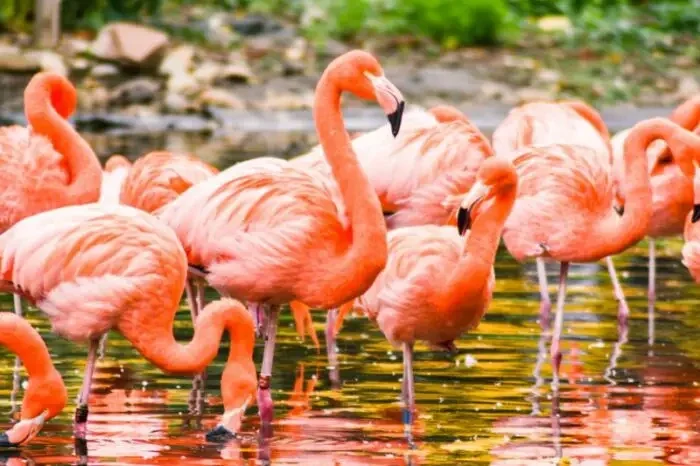
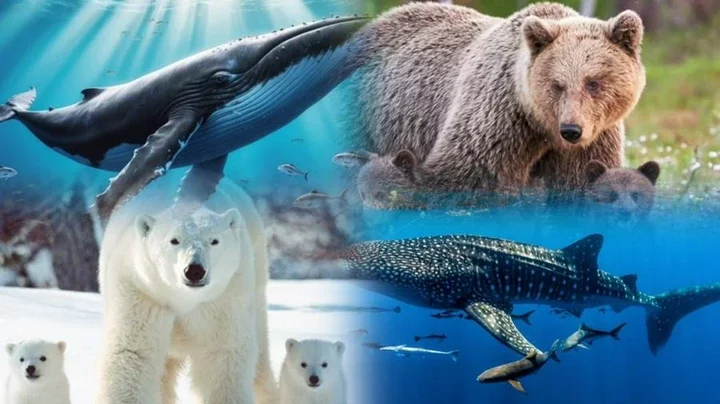
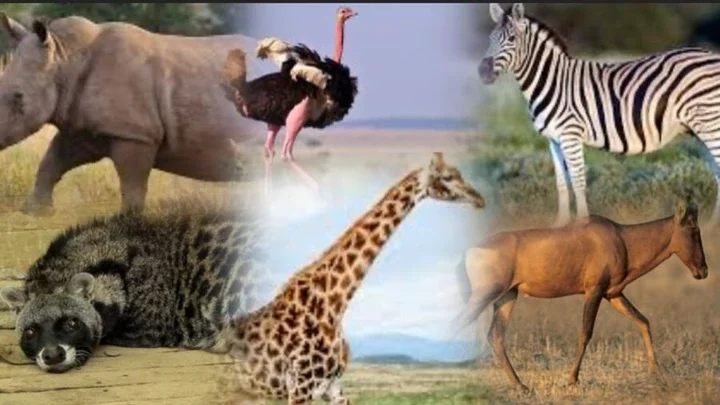
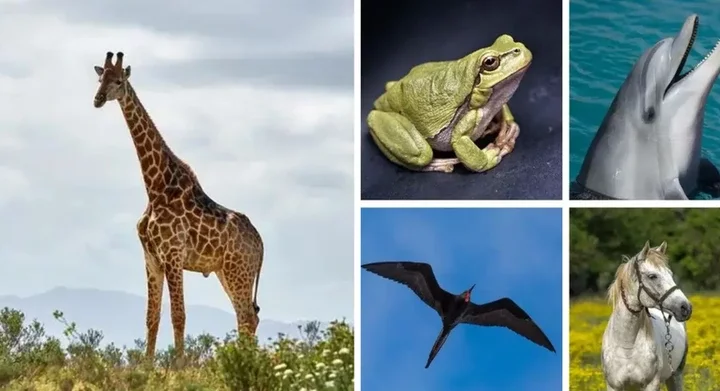
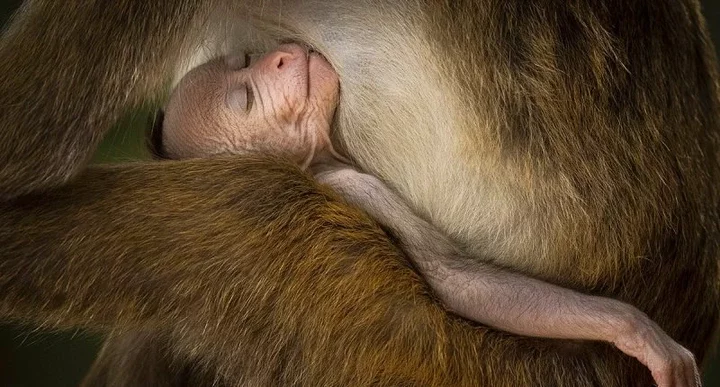
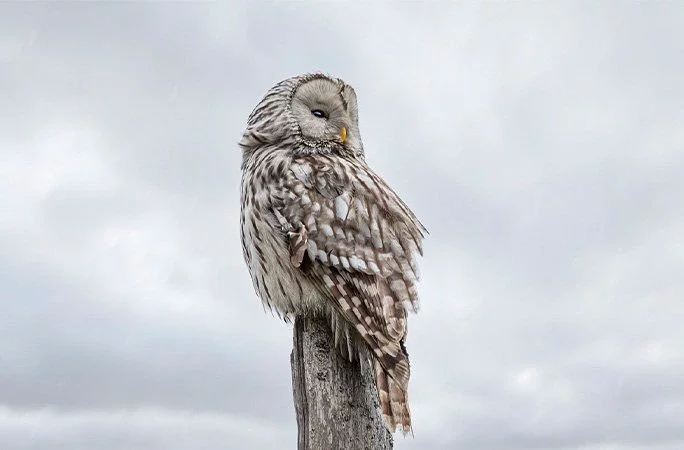








Comments